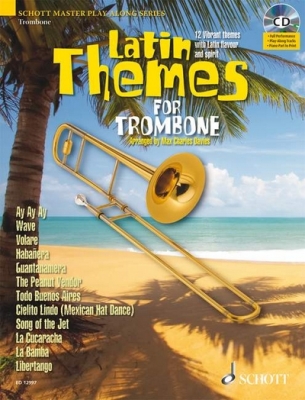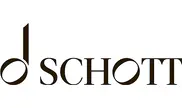Latin Themes For Trombone
Matériel :
Partition + CD
CD inclus
Jouer avec support authentique pistes dans cette superbe collection de thèmes Latin. Mettant en vedette 12 arrangements du célèbres favoris latins y compris and lsquo - La Bamba and rsquo-, and lsquo - Guantanamera and rsquo-, and lsquo - Volare and rsquo-, and lsquo - Cielito Lindo and rsquo - et and l / Trombone
Contenu:
Auteurs Divers
Traditional: La CucarachaTraditional: Ay, Ay, AyTraditional: La BambaTraditional: Cielito LindoJose Marti, Pete Seeger, Julian Orbon: GuantanameraTraditional: HabaneraAstor Piazzolla: LibertangoTraditional: The Peanut VendorAntonio
Auteurs Divers
Traditional: La CucarachaTraditional: Ay, Ay, AyTraditional: La BambaTraditional: Cielito LindoJose Marti, Pete Seeger, Julian Orbon: GuantanameraTraditional: HabaneraAstor Piazzolla: LibertangoTraditional: The Peanut VendorAntonio
ℹ️ Information vendeur
Vendeur :
LMI-Partitions
Emplacement :
France, Toulon
Livraison :
Europe et USA
ARTICLES SIMILAIRES





